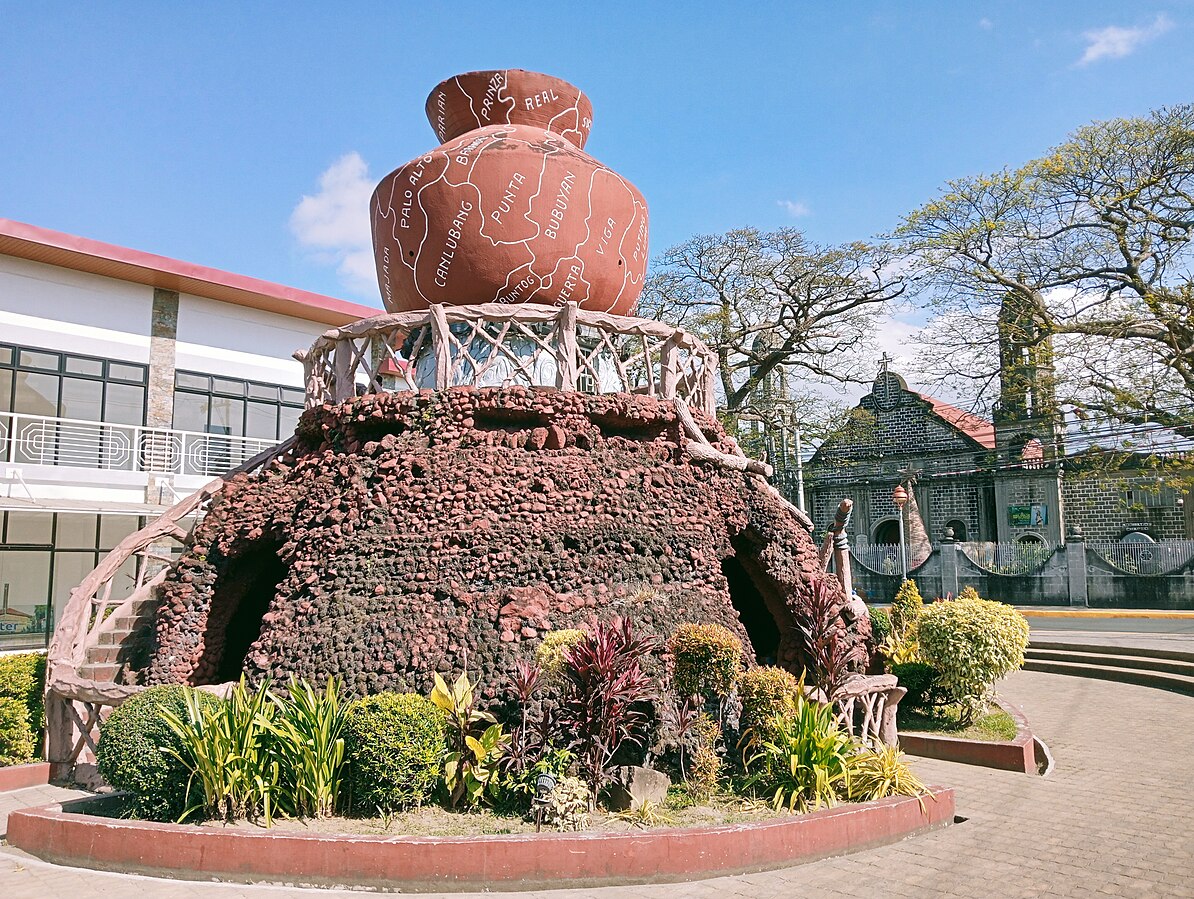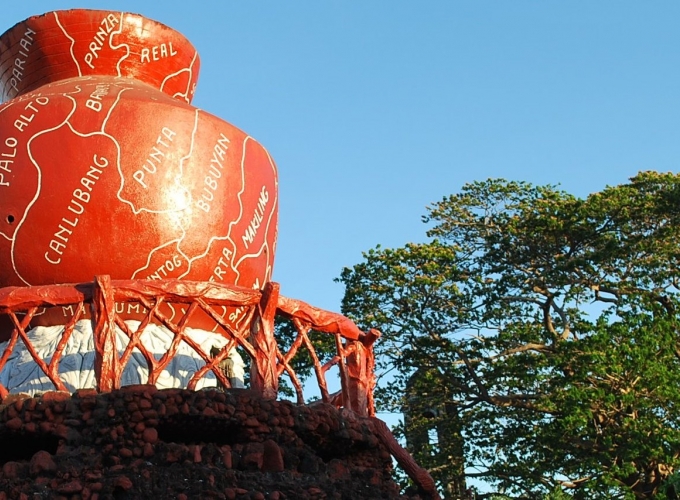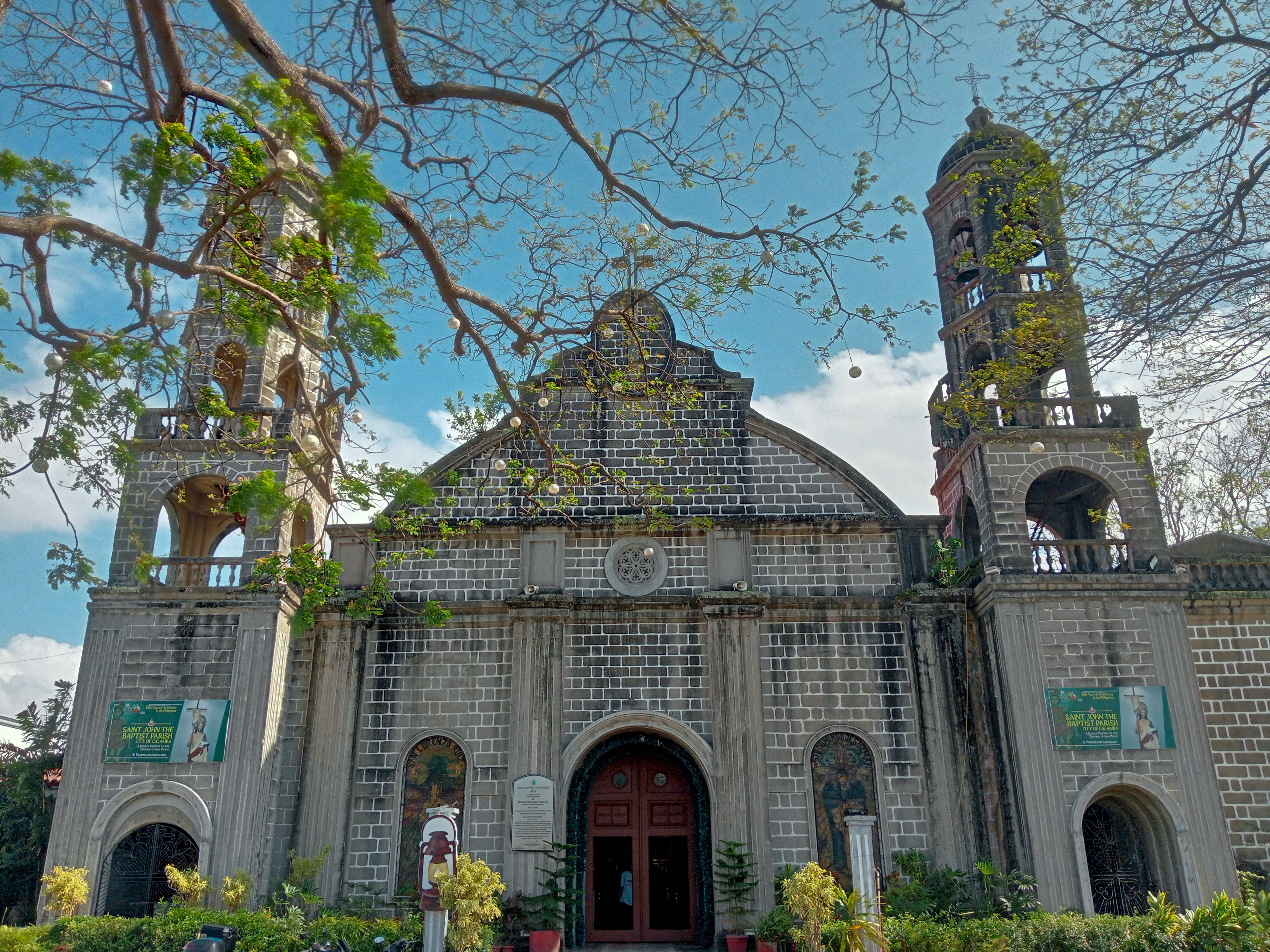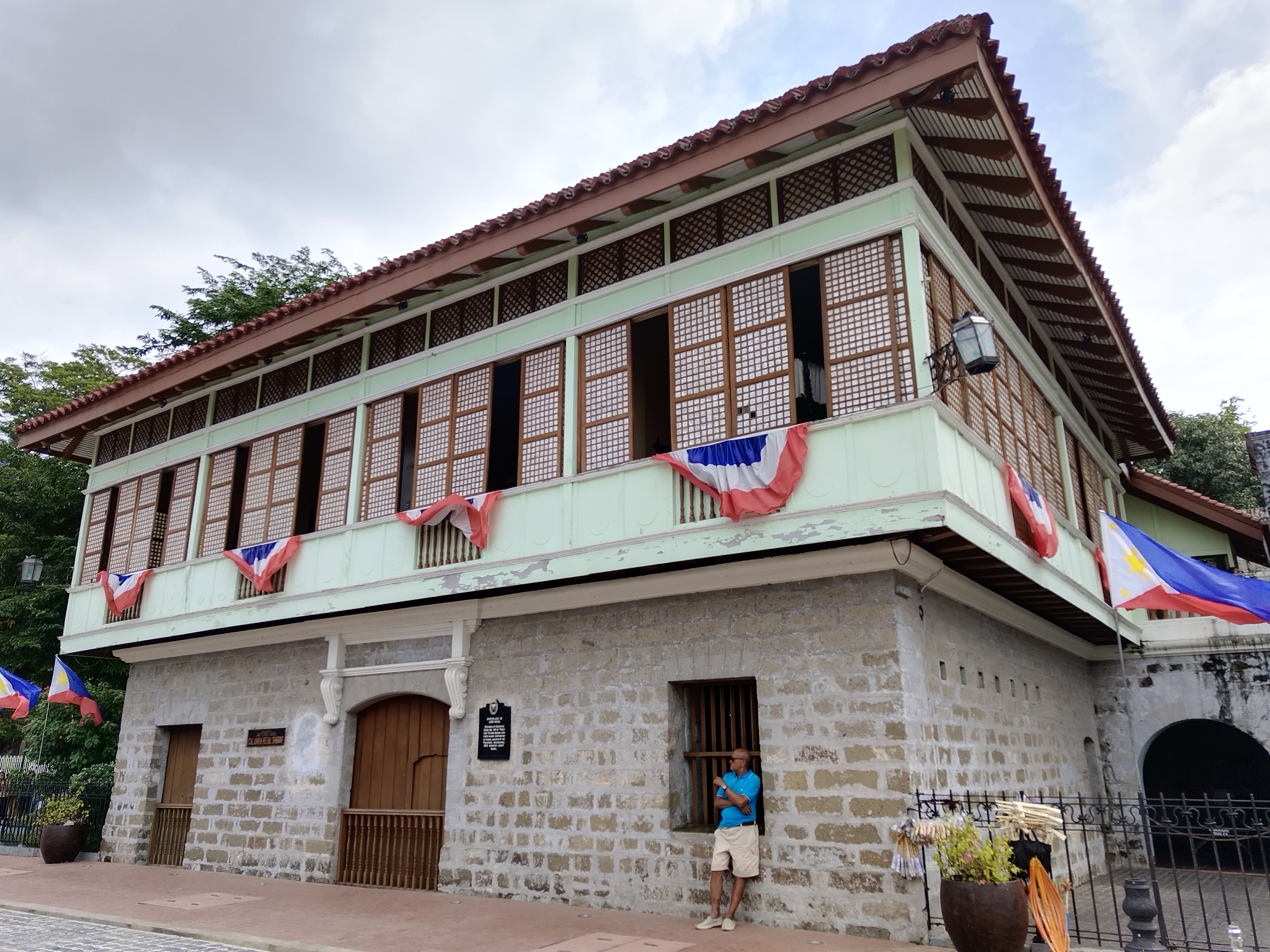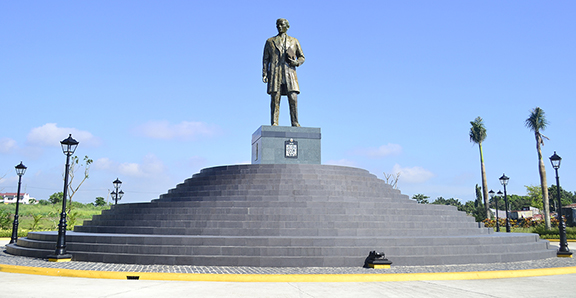Welcome to Calamba City in Laguna, and welcome to Anthro on Foot's walking tour! This is a
self-paced walking
tour that features key heritage sites and cultural highlights in the area. We hope you enjoy this tour
as much as
we enjoyed curating it!
Calamba is a city with a rich history deeply intertwined with the Philippines' precolonial and
colonial past and the country’s national hero, Dr. José Rizal.
The oldest section of Calamba is believed to be Barangay Sucol, where the initial settlers
established themselves. It was originally inhabited by the Tagalog people, engaging in agriculture,
fishing, and trade. Laguna's fertile lands made it conducive to agriculture. The precolonial
communities cultivated crops such as rice, sugarcane, cotton, and various fruits. The Laguna de Bay,
the largest lake in the Philippines, facilitated trade and transportation, connecting the
communities to neighboring regions.
Precolonial societies in Laguna had a hierarchical social structure led by local rulers. These
leaders governed their respective communities and played a crucial role in maintaining order,
resolving disputes, and organizing communal activities.
The arrival of Spanish colonizers in the 16th century, led by Miguel López de Legazpi, marked a
significant turning point in Laguna's history. The Spaniards established settlements, introduced
Christianity, and implemented changes in governance that would shape the region's trajectory
under colonial rule.
Calamba's history as a Spanish colonial town dates back to the late 18th century. In the
initial years, Calamba was merely a part of Tabuco, now recognized as Cabuyao. On August 28, 1742,
Calamba gained status as a pueblo, detaching itself from Cabuyao.
